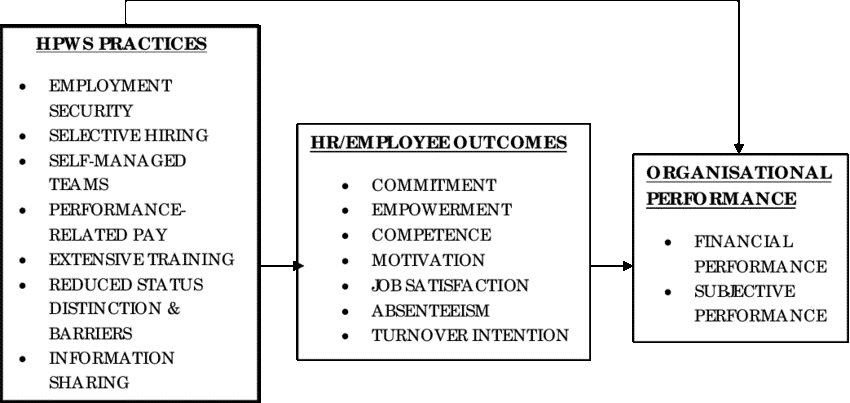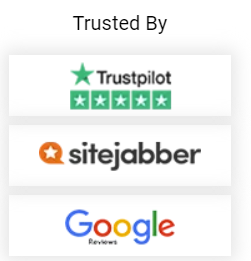How People Practices add Value in an Organisation
For the HR function, adding value focuses the mind on the outcome of HR’s contribution. As a result, it focuses on how people practices specialists apply their skills, in collaboration with business executives, to improve the organisation. The effects of these functions may be immediate or long-term, indirect or direct, or positive and negative.

HR function & outcome of HR’s contribution
For example, human resources handle a variety of duties that add value and directly affect how well employees work, including case management, compensation, training and development, and hiring and retention(Armstrong, 2017). These functions enhance employee dedication, keep employees motivated, increase job satisfaction, and reduce turnover (Armstrong, 2017). When mediated by affective organisational commitment, all of these functions have an indirect positive association with employee performance and, thus, organisational performance.
However, while people practices may positively impact organisational performance, this impact could also be negative. A company with poor HR policies can have a domino effect on the entire business. Employee conflicts, inadequate recognition, inadequate training, and a lack of teamwork are just some of the potential negative outcomes. HR functions can have an impact on the organisation’s short and long-term performance. For instance, proper training and development initiatives can inject new and necessary skills into the workforce that may impact the organisation’s performance in the long run. On the other hand, frequent employee recognition, fair reward practices, and effective performance reviews can have a direct and immediate impact on employee performance and morale, thus boosting organisational performance.
Survey
The HR team’s and workforce’s effectiveness is evaluated through a survey that gathers targeted feedback on HR policies and procedures. Organisations may utilise surveys to get helpful information about employee satisfaction levels to make the necessary improvements (Jena, 2022). For example, surveys can determine how effectively coaching and mentoring programmes enhance employees’ skills. Based on this feedback, programmes can be refined to align more closely with employees’ needs. Surveys are an excellent tool for firms to assess their HR practises and adjust for employee development and happiness.
Self-evaluation
People managers should conduct regular performance evaluations. Implementing coaching and mentoring programs raises staff performance expectations. Human resources managers should assess their coaching and mentoring skills to improve leadership capabilities (McNamara & O’Hara, 2018). To ensure self-evaluations are objective and accurate, managers must support their claims about their success with verifiable data. Otherwise, self-assessments can become biased or overly subjective, leading to differing views on a manager’s performance.
Cost Benefit Analysis
Cost-benefit analysis is a step-by-step method businesses use to decide which choices to pursue and which to forgo. By conducting a cost-benefit analysis on a human resources investment, such as training and development, it is possible to determine if pursuing this action will benefit the organisation in the long run (Talbot, 2012). A key benefit of cost-benefit analysis is that it provides objective, measurable data to support HR investment decisions, making it easier to evaluate their effectiveness. Any recommended action is supported by clear, measured data collected for a specific case. However, because the process depends on anticipated data, even one wrong guess can make the results unreliable.





